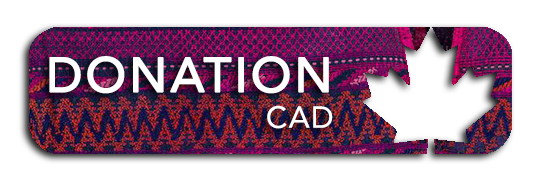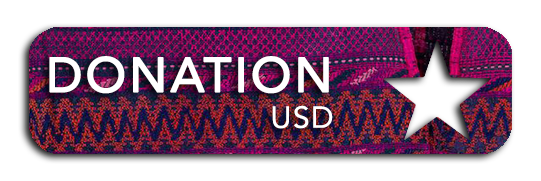Nature’s Solution to Malnutrition
One of the healthiest vegetables in the world
Help us to re-introduce chaya to the people of Guatemala. Participants in this class receive a plant, nutrition information and cook several chaya recipes. This one plant can drastically help reduce malnutrition. For $25 a group of 8 can attend this course.
What is chaya?
The chaya plant is native to the Yucatan Peninsula in Mexico, and to parts of Guatemala.It is similar to spinach and other greens, but grows in a bush that is usually 3 metres ( 10 feet) tall and 2 metres (6.5 feet) wide. The leaves are about the size of an adult hand. Chaya leaves are one of the most nutritious vegetables in the world.
For centuries chaya was a staple food of the Mayas, and was known as chae, chate, copapayo or chaya mansa. It is still popular in various parts of Central America.
During dry seasons, chaya will continue to flourish when other crops dry out. Therefore, it is a consistent source of food year round.
Why eat chaya?
- Chaya leaves are an excellent source of:
- Protein- builds muscles. One serving has the same amount of protein as an egg.
- Iron-For healthy blood and more energy. Chaya contains twice the iron of spinach.
- Calcium- for strong bones. Chaya contains more calcium than any other vegetable.
- Vitamin A- prevents blindness, reduces severity of infections and diarrhea diseases.
- Vitamin C, folic acid and other B Vitamins- all essential for optimal health.
Chaya is excellent baby food
For babies 6 months to 2 years, pureed chaya is a great way to provide protein and vitamins, especially when the toddler is weaned from breast milk. Chaya broth is excellent for children over 2 years of age, and can be served as a staple with tortillas or mixed into the masa ( tortilla dough). Mothers who eat chaya have a greater quality and quantity of breast milk.
Chickens fed chaya will produce eggs daily.
Preparing Chaya
Chaya has a natural toxin ( cyanide) on the leaf surface ( other vegetables, such as cassava have toxins, but are safe to eat when cooked). To safely remove the toxin, boil chaya leaves for 10 minutes in a non- aluminium pot. Boiling for 25-30 minutes may be desirable to make the leaves more tender. Smaller leaves are more tender and require less cooking. Chopping the chaya will also make the leaves easier to chew and digest.
Chaya does not go mushy when cooked, unlike spinach, and as a result is a wonderful addition to soups, rice and bean dishes.
Arroz con Chaya- thank you Epicurious
- 1 cup water
- 1/2 tsp. pepper
- 1 tsp. oregano
- 1 tsp. chicken stock granules
- 1 lime
- 1/2 cup long grain rice
- 1 medium onnion, chopped
- 2 cloves gralic, minced
- 1/2 kilo (1 pound) chaya, chopped and steamed
Preparation
In a saucepan combine water, pepper, oregano, chicken stock, onion and garlic. Bring to a boil; add rice, reduce heat, cover and simmer for 10 minutes. In a non -aluminium pot cook chopped chaya in water for 10 minutes. Drain in colander. Stir cooked chaya into rice dish. Cover and simmer for 5 to 10 minutes more until rice is tender. Stir lightly with a fork to fluff adding in lime juice. Can be served hot or cold.
Education equality to Tzu’tujil Mayans
Middle and high school education is not free in Guatemala. Aldea Maya started the Chuk Muk middle school in 2012. Our project increases education accessibility by paying school fees and providing school supplies to Tzu’tujil Mayans in their own village. In addition, we have a learning centre that offers free internet, photocopying, tutoring and a lending library which allows the students to complete school project at no charge and gives our program a holistic approach.
Background
When a primary school student in Chuk Muk heads off to school they are probably ill-equiped and hungry. At home Tzutujil ( a Mayan dialect) is spoken but at school the student studies in Spanish. Often families are so poor that they have to choose which child gets to attend school. Very few children continue past grade 6 as the families need them to earn money to help support the family and school fees etc. are an added burden.
Long-Term Impact
All middle school students volunteer helping elementary students that are struggling. After a student has completed middle school we work to find sponsors to enable students to complete high school and university. In 2019, 24 students will be attending university. When you considered that in 2011 less than one percent were going pass elementary school in this village, the impact on levels of literacy and numeracy is astounding. We are building the future leaders of Chuk Muk.


